Transcription of An Approach to Joint Warfare Analysis
1 AN Approach TO Joint Warfare Analysis . An Approach to Joint Warfare Analysis Steven M. Biemer and Donald J. O'Brien T he concept of jointness is not new in military operations, but its importance has increased dramatically over the past 15 years. Historically, the Army, Navy, Air Force, and Marine Corps have worked toward common goals to enhance overall military capability to meet expected national security challenges. Today, a primary goal of jointness is to leverage individual service capabilities and unique strengths to reduce requirements for multiple, possibly redundant, military acquisition programs. Increased overall warfighting capability is still essential to meet new threats, but providing that capability in the post Cold War era using fewer budget resources is also necessary. This article describes an Approach to Joint Warfare Analysis that is providing decision makers with the information needed to evaluate alternative approaches to meeting future Joint warfighting needs.
2 (Keywords: Analysis , Simulation, Wargaming.). INTRODUCTION. Joint Warfare is a term that gained prominence in the Joint Warfare Analysis is an essential part of the late 1980s after Congress passed the Goldwater military planning process that helps decision makers Nichols Act of 1986. The act reorganized DoD, placing determine the most cost-effective way to provide Joint more authority with the Secretary of Defense, the force capabilities that support the military's warfighting Chairman of the Joint Chiefs of Staff, and the theater concept for 2010 and enables appropriate use of those Commanders. A principal goal was to bring all capabilities. It is the assessment of military systems, military service forces together under theater Com- concepts, and architectures forming or supporting a manders to ensure unified application of the full range Joint force package performing one or more missions of military power to meet national objectives, regard- under a Joint command structure.
3 Therefore, Joint less of the services involved. The decline in the DoD Warfare Analysis is budget throughout the 1990s gave additional impetus .. more than the simple addition of two service models or to Joint planning and operations. The Joint Require- analyses.. The primary differences lie in the characteristics ments Oversight Council, supported by Joint warfight- of Joint warfighting (particularly command, control, commu- ing capabilities assessments, has been strengthened to nications and intelligence), the level and types of analyses, ensure that the requirements of the theater Command- and the creators and users of Joint ers are better linked with the DoD system acquisition It is independent of the sponsoring agency or service, and engineering is applicable across the full spectrum of conflict from JOHNS HOPKINS APL TECHNICAL DIGEST, VOLUME 21, NUMBER 2 (2000) 203.
4 S. M. BIEMER AND D. J. O'BRIEN. peacetime operations to major war, and relates to any exercises are executed throughout the year, many with level of Analysis from an engineering-level system forces from other nations. Some exercises are one-time Analysis to a campaign-level Analysis . events, performed for specific objectives. Others are This article describes an Approach to Joint Warfare annual events, with their objectives evolving over Analysis being used at APL. We first show how its time. Joint Warfare Analysis is used to support exercise functions in a particular time frame ( , past, present, planning, real-time and post-exercise force assess- future, and far future) preclude a single, simplistic ment, extrapolation of force capabilities, and alterna- Approach . We then identify tools and techniques from tive force evaluations.
5 A Commander-in-Chief's staff operations research and systems Analysis that have continually develops and refines contingency plans for special utility in Joint Warfare Analysis , provide an the theater using insights from such analyses. overview of the process used at APL, and conclude with Analysts planning for 10 years in the future will be a short discussion of the future of Joint Warfare Analysis . major users of Warfare Analysis as evidenced by the many activities that Analysis supports, , DoD budget development and the services' 6-year acquisition plans. USES OF Joint Warfare Analysis Analysis support is needed for requirements develop- Joint Warfare conjures up the image of a Joint force ment; force structure determination; concept of oper- performing an operation under a designated Joint Force ations development; system acquisition decisions; plan- Commander, such as occurred in Operation Desert ning, programming, and budgeting systems; resource Storm in 1991 or the 1999 war in Kosovo, Yugoslavia.
6 Allocation; system development trade-offs; and exper- Joint Warfare Analysis , however, must encompass the imentation. Of particular interest today is Joint exper- full spectrum of activities that require support by anal- imentation to evaluate innovative Warfare concepts ysis, and these vary with time as shown in Table 1 and and technologies. Joint Warfare Analysis is an essential as discussed in the following paragraphs. component of planning the experiment and analyzing We cannot change the past, but we can learn from the results. All of these activities require a significant it. Analyzing past events and identifying the issues, amount of Analysis to support the systems engineering lessons, and insights can lead to a better understanding process that helps shape future military forces. of the present and future through historical operations The far future includes activities that support broad Analysis and benchmarking for future exercises and concept development and technology investment for a force assessments.
7 Period of 10 25 years. Analysis at this level often Analysis to enhance the readiness and capabilities of becomes more subjective and qualitative, based on fore- today's operational forces, based around the world per- casting and professional military judgment. The chal- forming varied missions, is an important part of Joint lenge for Joint Warfare Analysis is to provide credible Warfare Analysis . Unless occupied by a particular mis- assessments of the military utility of new, innovative sion, these forces are constantly engaged in training concepts and technology. exercises to enhance readiness, capabilities, tactics, It becomes obvious that the analyses required for techniques and procedures, and doctrine. Education and activities having different time frames are quite varied. training depend heavily on Analysis to develop hypo- Therefore, using only one Analysis process is not appro- thetical situations for students and trainees.
8 Planned priate. Many different processes are required to fully Table 1. Functions of Joint Warfare Analysis by time frame. Past Present Near future Far future Historical Analysis Doctrine development System requirements Technology requirements Benchmarking TTPa development Force structure Advanced concepts Operations planning Concepts of operation Exercise support System acquisition Training PPBSb support Education System development Test and evaluation Experiments Contingency planning Technology development a TTP = tactics, techniques, and procedures. b PPBS = planning, programming, and budgeting systems. 204 JOHNS HOPKINS APL TECHNICAL DIGEST, VOLUME 21, NUMBER 2 (2000). AN Approach TO Joint Warfare Analysis . support the various activities. The key is determining makers. Some of the most important analyses have been which kinds of analyses should be used (and when) in based on the professional judgment of an overall Joint Warfare Analysis process for a particular problem.
9 There are, however, two broad categories of Joint Warfare Analysis : one type supports the system APL Joint Warfare Analysis . acquisition process and the other operational planning PROCESS. and execution. Figure 2 depicts the Joint Warfare Analysis method- ology used at APL for near- and far-future time frames. Users, operational planners, mission area specialists, ELEMENTS OF Joint Warfare and Joint warfighters all contribute to the process. Analysis However, this activity typically occurs in discrete Systems Analysis employs several basic elements: events because circumstances often prevent all these problem definition, operational context and identifica- people from participating full time in the Analysis . tion of alternatives, Analysis methods and tools, and Beginning with the appropriate formulation of the evaluation of possible Figure 1 illustrates problem, the user provides basic information and guid- how these elements pertain to a Joint Warfare Analysis ance for the Analysis , especially the underlying assump- problem.
10 Tions of the geopolitical environment from which an Joint Warfare Analysis applies analytic techniques overall operational context is developed. Operational from operations research and other disciplines. These planning for how the problem is represented within the techniques include quantitative methods, such as ex- context is then performed. This is most often a subjec- ercise of mathematical models and computer simula- tive Analysis aimed at gaining insights into operational tions, as well as more judgment-based qualitative meth- decisions that will be modeled in the subsequent Analysis ods, such as wargames and decision support techniques. steps. The contributions of operational planners from However, the complexity of the issues involved and the the services and Joint staffs are especially valuable to number of relevant factors that must be addressed ensure realism and accuracy in this part of the Analysis .
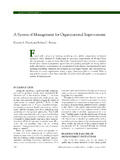
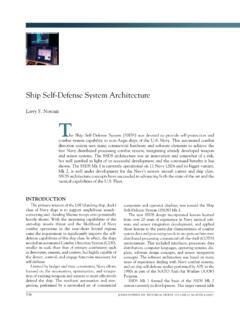
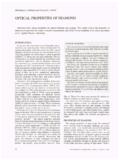
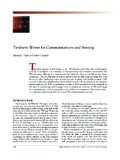
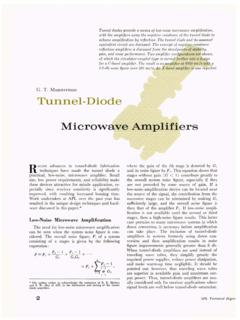
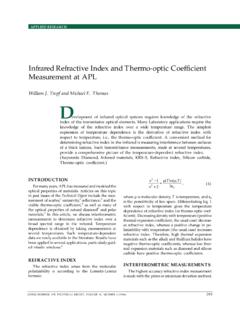
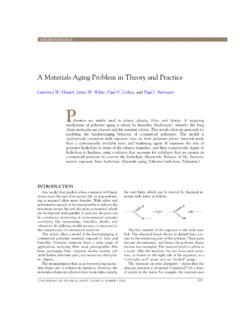
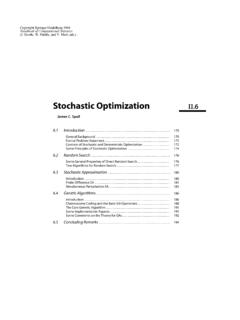
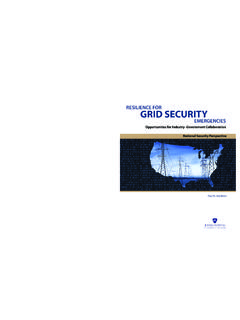
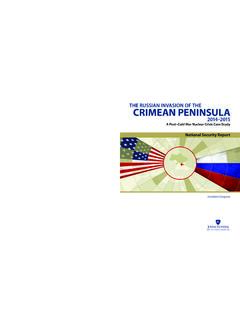



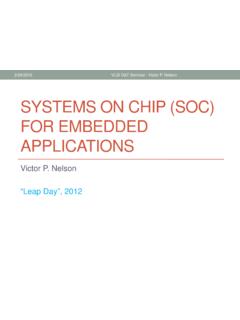
![arXiv:1301.3781v3 [cs.CL] 7 Sep 2013](/cache/preview/4/d/5/0/4/3/4/0/thumb-4d504340120163c0bdf3f4678d8d217f.jpg)